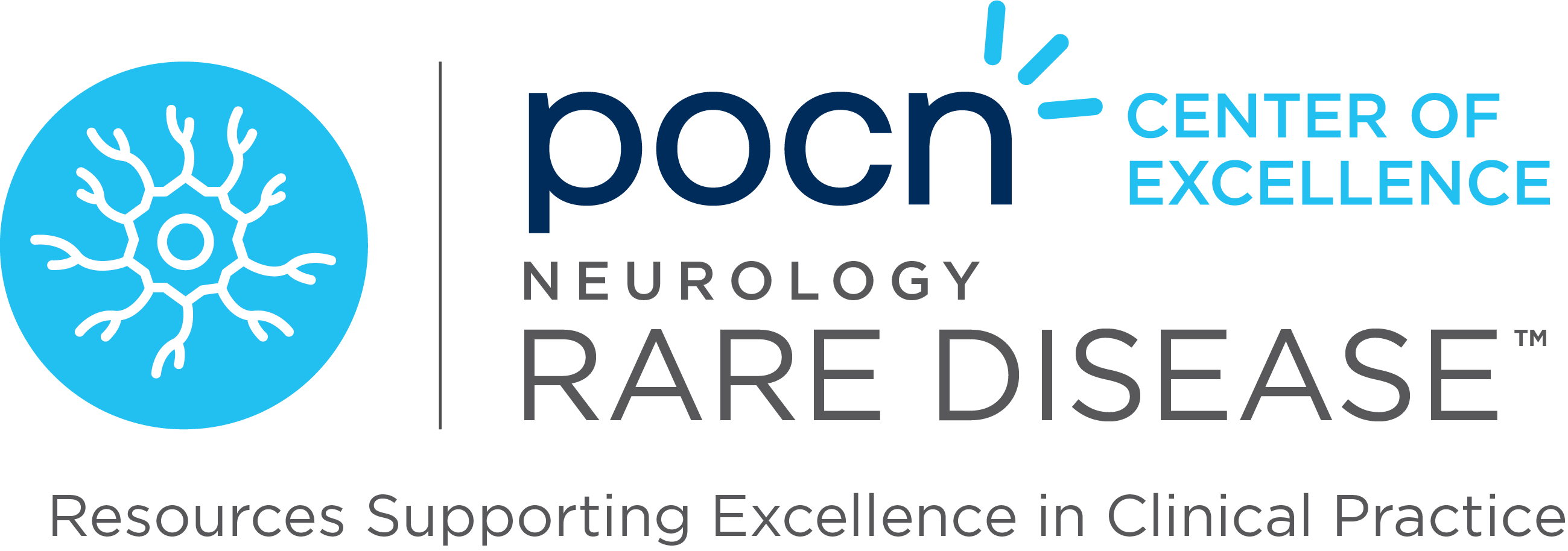Myasthenia gravis, a chronic autoimmune neuromuscular disorder, is characterized by skeletal muscle weakness due to dysfunction at the neuromuscular junction. It is divided into ocular and generalized forms, with varied presentations and progression rates. While treatment traditionally involved immunosuppressants and corticosteroids, newer therapies like eculizumab and ravulizumab offer promising options, albeit at a higher cost. Managing myasthenic crisis, a life-threatening complication, requires aggressive immunotherapy and careful respiratory monitoring.
Thymectomy may benefit certain patients, especially those under 50 with nonthymomatous myasthenia gravis. Pyridostigmine remains a mainstay for symptomatic relief, but its efficacy diminishes in severe cases. Patient education is crucial, covering symptoms, medication adherence, and triggers to avoid. Overall, while the landscape of myasthenia gravis treatment evolves with emerging therapies, established approaches emphasize personalized care, disease monitoring, and proactive crisis prevention.
Reference: Morren J, Li Y. Myasthenia Gravis: Frequently Asked Questions About Treatment. Cleveland Clinic. Updated May 30, 2023. Accessed April 25, 2024. https://consultqd.clevelandclinic.org/myasthenia-gravis-frequently-asked-questions-about-treatment/



